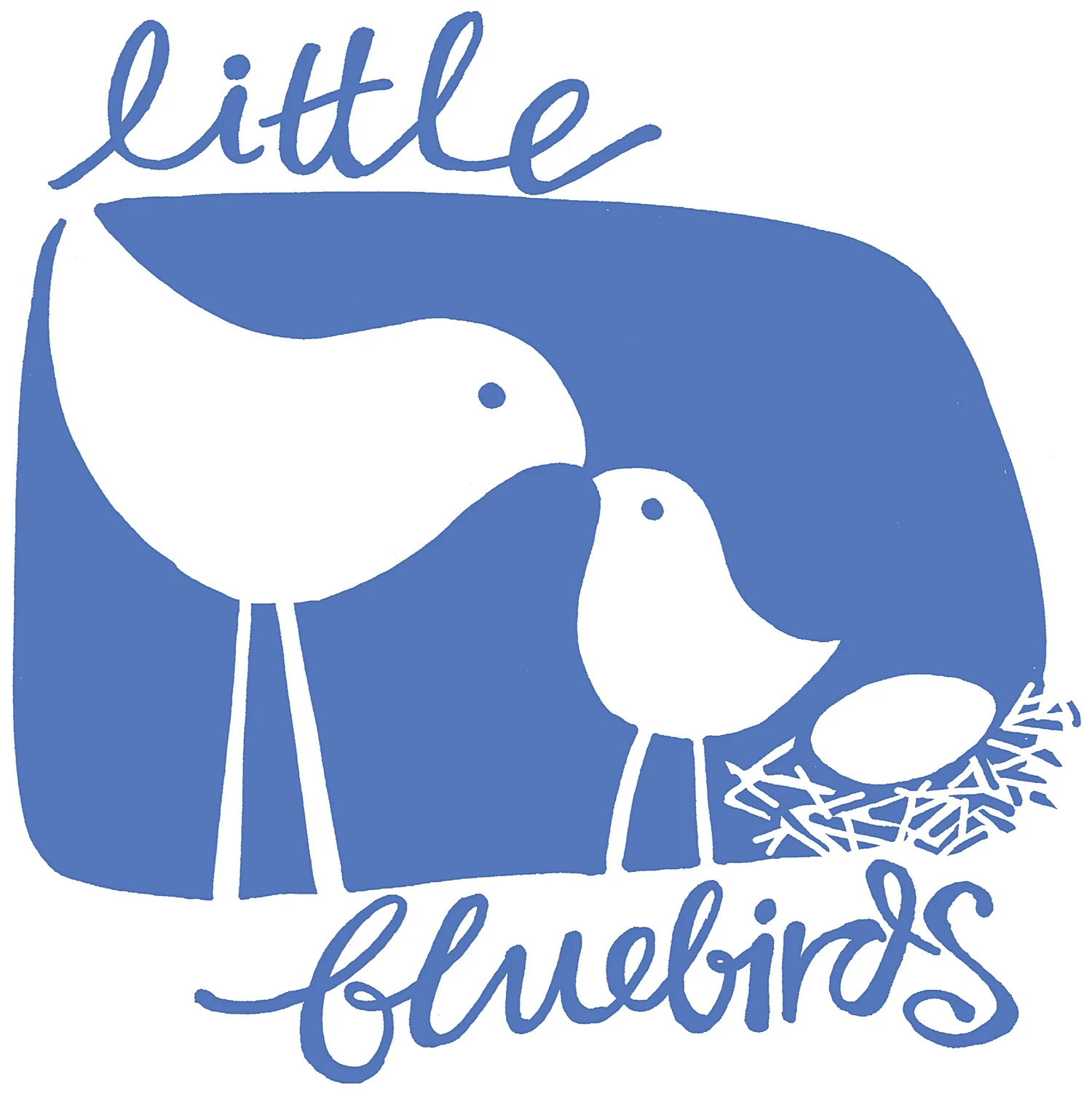Threading for little fingers
“I made it myself!”
Don’t you just love seeing the glow of pride expressed when a child makes that announcement. Kids feel great when they make things that they (or you) can wear. That’s why threading is a wonderful activity, a craft that’s easy to do at home and makes it possible for little fingers to whip up a snazzy set of fabulously wearable beads.
And as an extra bonus the simple act of threading has benefits that extend way beyond having fun (and adding “fashion” accessories to your wardrobe!). There are a whole bunch of developmental skills supported by threading that make it a really worthwhile activity to offer to your children.
Threading helps to:
increase concentration span
develop fine motor skills
improve hand manipulation (which is good practice for holding a pencil)
improve bilateral coordination (using both sides of the body at the same time)
introduce concepts such as shape, colour, measurement, numbers and patterns.
Some simple threading ideas…
Materials to thread on
You can offer any string, yarn, ribbon or even shoelaces for threading. It may be helpful to wrap one end in sticky tape to keep it rigid so it’s easier to poke through a bead. Also tie an ‘anchor’ onto the other end to stop ‘beads’ falling right off. Wire can also be fun to thread on, especially pipecleaners which are soft and bendy (and usually available at $2 shops).
Cardboard rings
Super easy and cheap beads can be made from toilet rolls. Simply decorate the rolls with paint and then use scissors to slice them into rings for a very easy threading project for young children.
Patty pans
Poke a hole through some colourful patty pans with a skewer and they’ll become perfect for threading.
Cardboard shapes
Use a hole punch to transform cardboard shapes into thread-able disks. Recycled greeting cards are perfect for this, or you can even use colourful paint swatches.
Recycled beads
Do you have old broken jewellery lying around? Bead threading suits older children, as you need to be mindful of choking. Always err on the side of caution and consider carefully whether your child might be tempted to pop a bead into their mouth. Choose bead sizes carefully to avoid choking risks, and if you’re not completely confident then leave the bead threading for older children and offer one of the bigger, safer options above for littlies to thread.
Pasta
Pasta noodles come in an array of shapes, many of which are perfect for threading. You can offer them plain, uncooked and straight from the packet, or you can dye the shapes first for a splash of colour.
To dye pasta:
put a handful of uncooked pasta into a plastic bag (use one bag for each colour).
add teaspoon of vinegar (this enables the dye to disperse without making the pasta soft, and its smell soon dissipates).
add drops of food colour
gently shake the pasta around in the bag to spread the dye
spread the pasta out into a baking tray and leave it uncovered to dry out for a couple of hours
This brightly coloured pasta lasts for ages and is best stored in a sealed container.
Adding a splash of vinegar helps the food dye coat the pasta without making it too wet.
Use a plastic bag to distribute the dye.
Spread onto a tray and leave to dry before threading.












